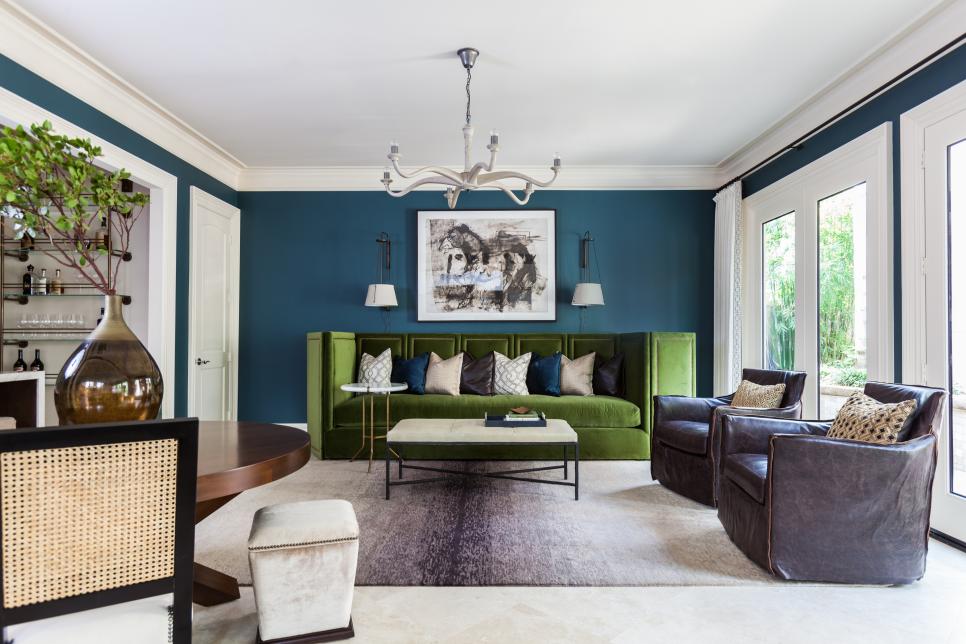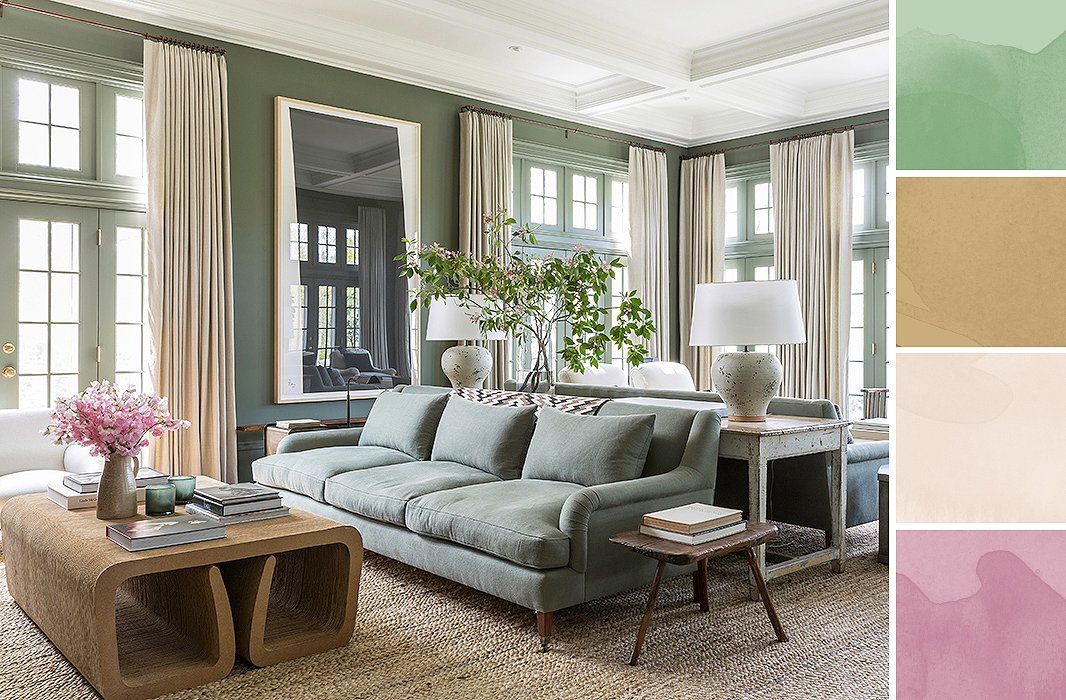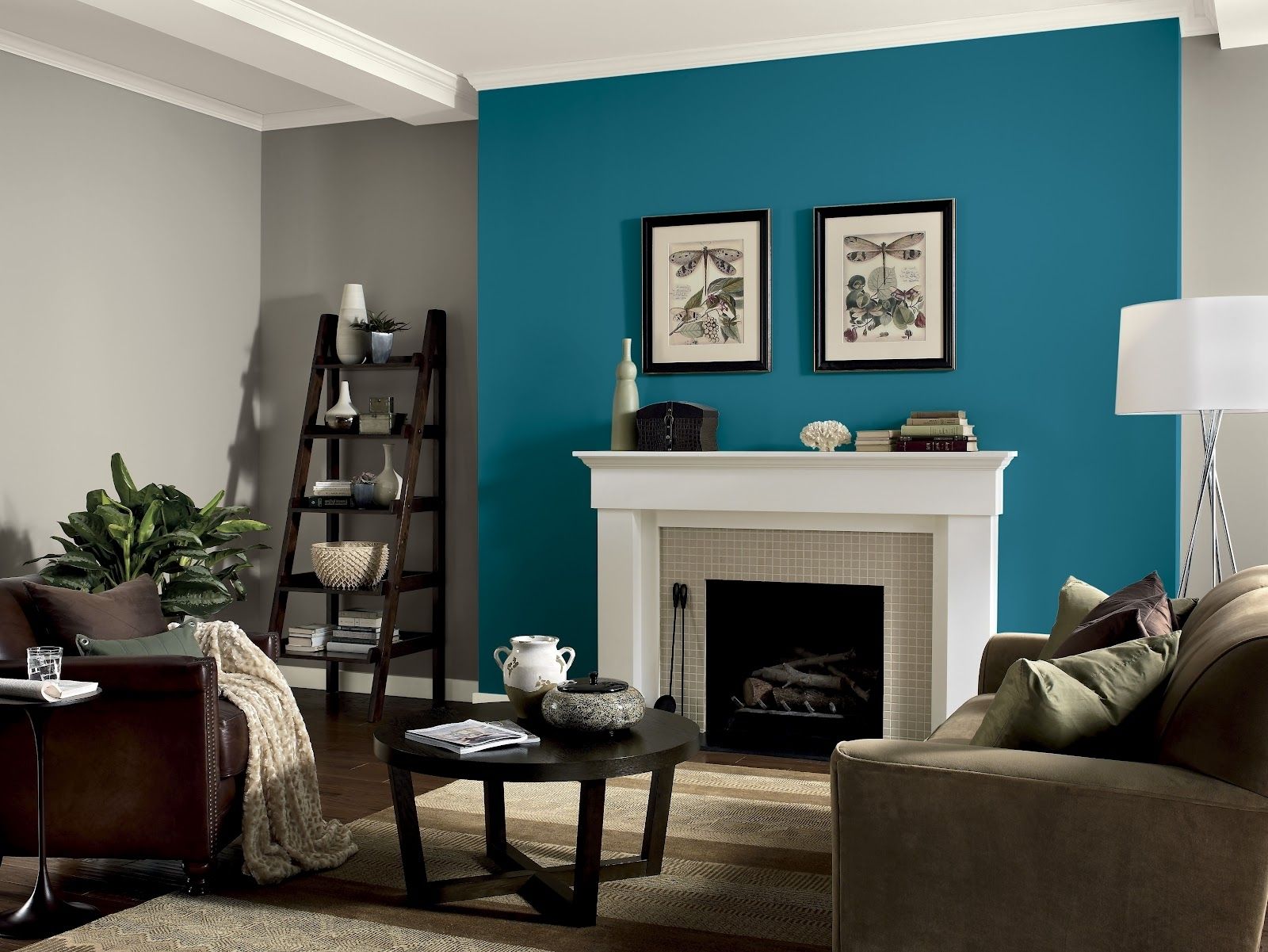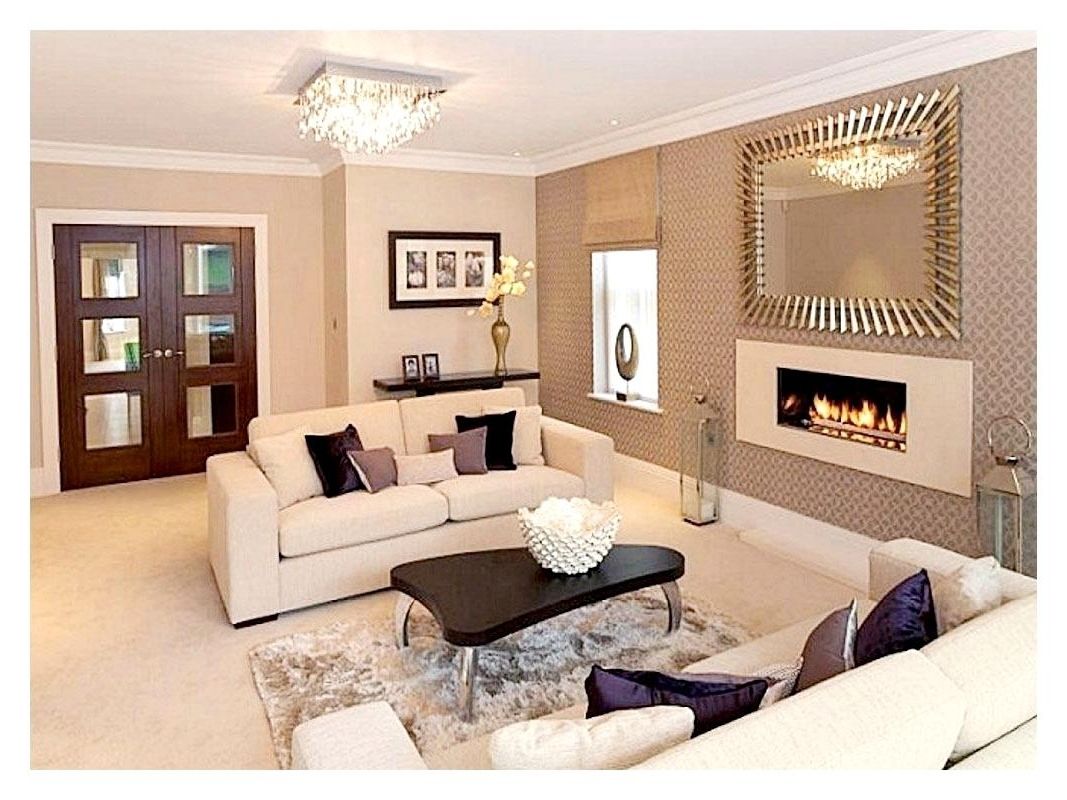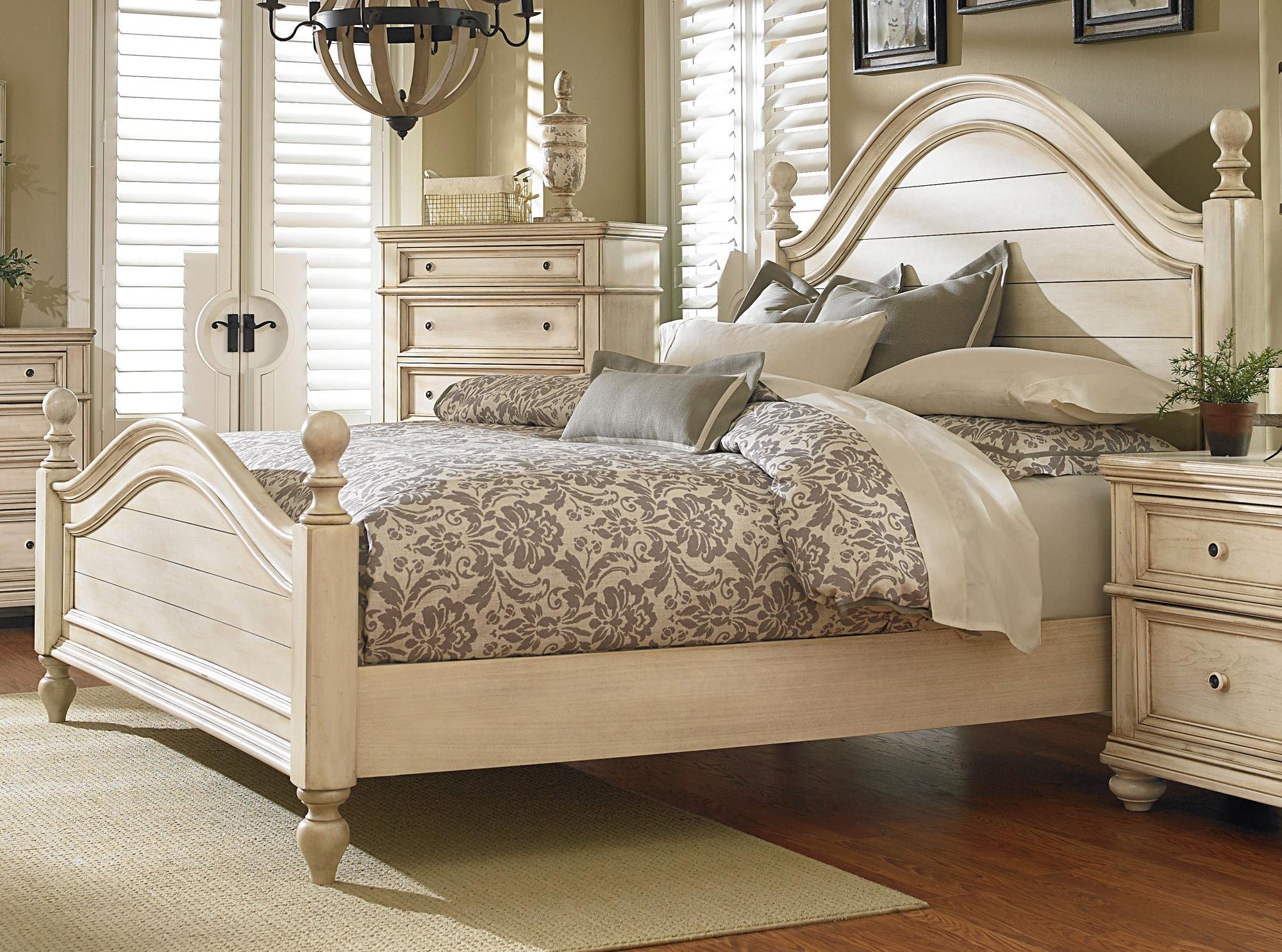1. Choosing the Right Colors for Your Living Room
When it comes to designing your living room, one of the most important aspects to consider is the color scheme. The colors you choose for your living room can greatly impact the overall look and feel of the space. It can also affect the mood and atmosphere of the room. That's why it's essential to carefully choose the right colors for your living room.
Neutral colors are a popular choice for living rooms as they provide a versatile and timeless look. Shades of white, beige, and gray can create a calming and sophisticated atmosphere. They also serve as a great base for adding pops of color through accessories and decor.
If you want to add warmth and coziness to your living room, consider using earth tones such as shades of brown, green, and terracotta. These colors can bring a natural and welcoming feel to your space.
Bold colors like red, blue, and yellow can make a statement in your living room. They can add energy and vibrancy to the space, but it's important to use them in moderation to avoid overwhelming the room.
No matter what colors you choose, make sure they complement each other and create a cohesive look in your living room.
2. Best Living Room Paint Colors
Painting your living room is an easy and cost-effective way to change the look and feel of the space. But with so many paint colors to choose from, it can be overwhelming to pick the best one for your living room.
Gray is a popular choice for living room paint colors as it provides a neutral and sophisticated look. It can also work well with different accent colors and styles.
Blue is another great option for living room paint colors. It can create a calming and relaxing atmosphere, making it perfect for a cozy living room.
If you want to add warmth and energy to your living room, consider using yellow paint. It can bring a cheerful and sunny vibe to your space.
When choosing a paint color, it's important to consider the lighting in your living room. Natural light can affect how the color looks, so it's best to test a small area before painting the entire room.
3. Popular Living Room Color Schemes
Creating a color scheme for your living room can be a fun and creative process. It involves choosing a combination of colors that work well together to create a cohesive and harmonious look in the space.
Monochromatic color scheme is a popular choice for living rooms as it involves using different shades of the same color. It can create a subtle and sophisticated look in your living room.
Analogous color scheme involves using colors that are next to each other on the color wheel. This creates a cohesive and harmonious look in your living room. For example, using shades of blue and green can create a calming and natural atmosphere.
If you want to add contrast and interest to your living room, consider using a complementary color scheme. This involves using colors that are opposite each other on the color wheel, such as blue and orange or red and green.
Whichever color scheme you choose, make sure it reflects your personal style and complements the overall design of your living room.
4. How to Use Color in a Living Room
Using color in your living room can be a powerful tool in creating the atmosphere and mood of the space. Here are some tips on how to effectively use color in your living room:
Start with a focal point such as a bold-colored sofa or a statement piece of artwork. This can serve as the inspiration for the rest of the room's color scheme.
Layer colors by using different shades and tones of the same color throughout the room. This creates depth and adds interest to the space.
Use color accents through accessories and decor to add pops of color to your living room. This can be in the form of throw pillows, rugs, or artwork.
Consider the size and layout of your living room when choosing colors. Dark colors can make a small room feel even smaller, while light colors can make a large room feel more spacious.
Don't be afraid to experiment with different color combinations and styles to find what works best for your living room.
5. Living Room Color Ideas
If you're struggling to come up with color ideas for your living room, here are some suggestions to get you started:
Coastal colors such as shades of blue, white, and beige can create a relaxed and beachy vibe in your living room.
Earthy tones like shades of brown, green, and rust can bring a natural and cozy feel to your living room.
Pastel colors can add a soft and feminine touch to your living room. Think shades of pink, lavender, and mint green.
Dark and moody colors like deep blue, emerald green, and charcoal can create a dramatic and sophisticated look in your living room.
Remember to choose colors that you love and that make you feel comfortable in your living room.
6. Color Psychology for Living Room
Did you know that colors can have a psychological impact on our emotions and mood? That's why it's important to consider color psychology when choosing colors for your living room.
Blue is often associated with calmness and tranquility, making it a great choice for a peaceful living room.
Yellow can evoke feelings of happiness and positivity, making it a good option for a family or entertaining space.
Red is a bold and energetic color, often associated with passion and excitement. It can make a statement in your living room but should be used in moderation to avoid overwhelming the space.
Consider the mood and atmosphere you want to create in your living room and choose colors that align with those feelings.
7. Living Room Color Trends
Just like fashion, interior design also has its own trends and color palettes that come and go. Here are some of the latest living room color trends to keep in mind:
Warm neutrals such as beige, taupe, and off-white are trending as they create a cozy and inviting atmosphere.
Earthy tones like terracotta, rust, and olive green are also popular as they bring a natural and organic feel to the living room.
Dark and moody colors are on the rise, with shades of navy blue, emerald green, and charcoal making a statement in living rooms.
When following trends, it's important to choose colors that you personally love and that align with your design style.
8. Color Combinations for Living Room
Choosing the right color combinations for your living room can be a daunting task. Here are some popular color combinations to consider:
Gray and yellow is a classic color combination that creates a modern and cheerful look in the living room.
Blue and white is a timeless and fresh color combination that can work well with different styles, from coastal to farmhouse.
Green and beige is a natural and earthy color combination that can bring a calming and relaxing feel to the living room.
When choosing color combinations, make sure the colors complement each other and create a harmonious look in the space.
9. Living Room Color Palette
A color palette refers to a collection of colors that work well together in a space. Here's an example of a living room color palette:
Main color: Gray
Accent colors: Navy blue, mustard yellow, and white
This color palette creates a modern and sophisticated look with a pop of color through the accent colors.
10. Choosing the Perfect Accent Color for Your Living Room
Accent colors are a great way to add interest and personality to your living room. Here are some tips on choosing the perfect accent color:
Consider the existing colors: Look at the colors already present in your living room, such as furniture and decor, and choose an accent color that complements them.
Think about the mood: Consider the atmosphere you want to create in your living room and choose an accent color that reflects that mood.
Use the color wheel: The color wheel can help you choose complementary or analogous colors for your accent color.
When in doubt, choose a color that you love and that adds personality to your living room.
The Power of Colour in Your Living Room
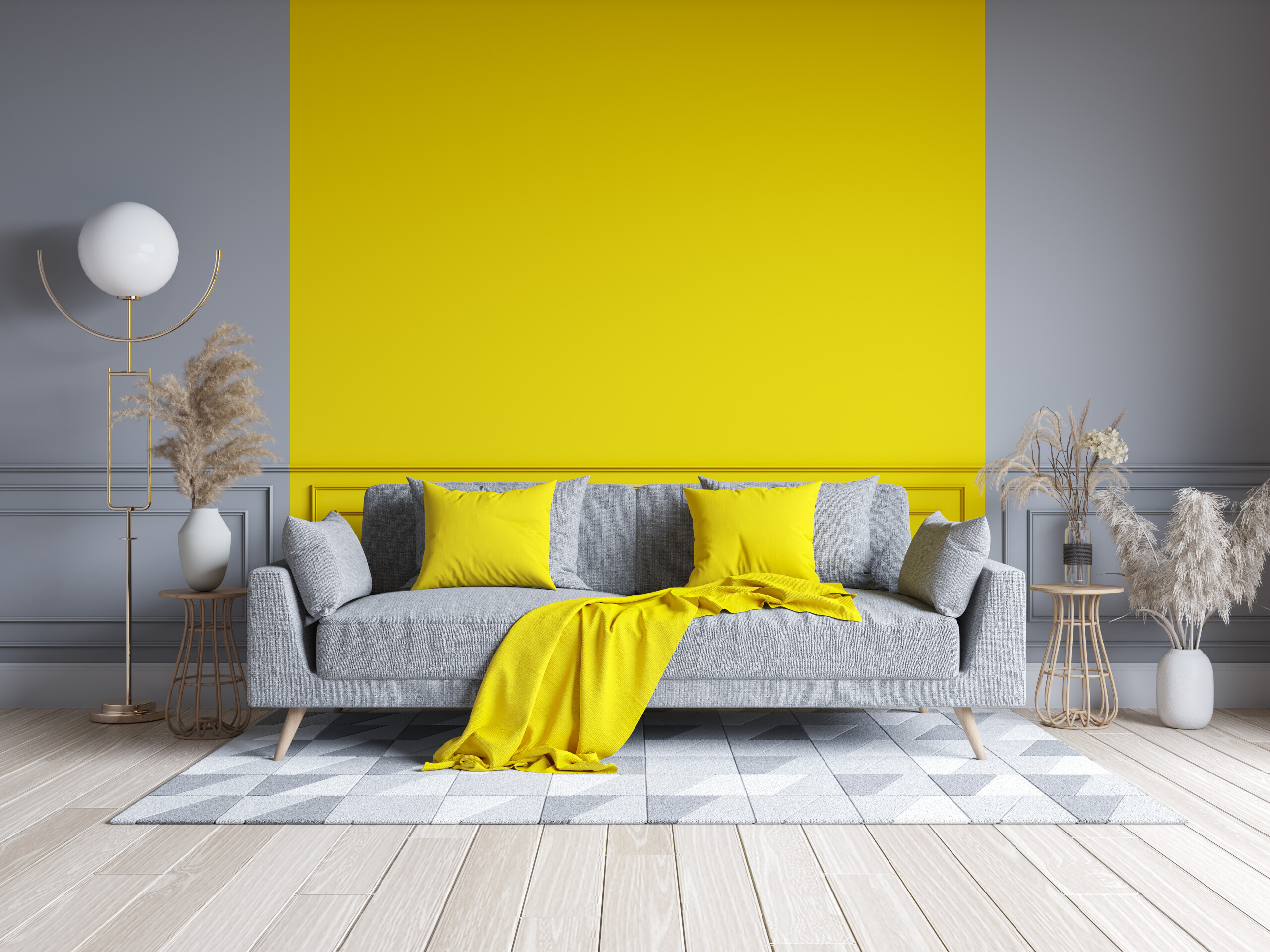
Creating a Welcoming and Inviting Space
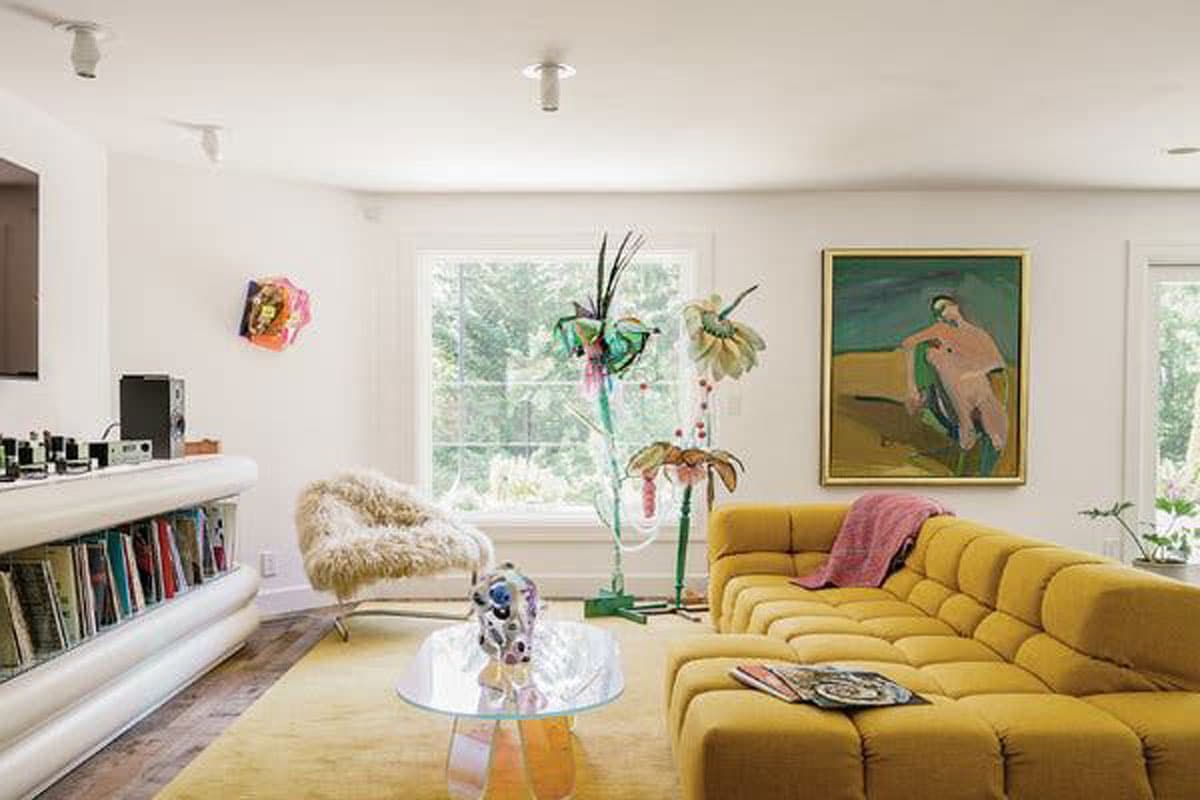 When it comes to designing your living room, the
colour
you choose is crucial in setting the tone for the entire space. It can make a room feel
warm
and inviting, or
cool
and sophisticated. With so many
colour
options available, it can be overwhelming to decide on the perfect
colour
for your living room. However, with a little knowledge and some
creative
thinking, you can transform your living room into a
beautiful
and
harmonious
space that reflects your personal style.
When it comes to designing your living room, the
colour
you choose is crucial in setting the tone for the entire space. It can make a room feel
warm
and inviting, or
cool
and sophisticated. With so many
colour
options available, it can be overwhelming to decide on the perfect
colour
for your living room. However, with a little knowledge and some
creative
thinking, you can transform your living room into a
beautiful
and
harmonious
space that reflects your personal style.
Colour Psychology: Choosing the Right Shade
 When it comes to
colour
for your living room, it's important to understand the psychology behind
colour
choices. Certain
colours
evoke specific emotions and moods, and it's essential to choose a
colour
that aligns with the atmosphere you want to create. For example,
warm
colours
such as
yellow
and
orange
can make a room feel cozy and
inviting
, while
cool
colours
like
blue
and
green
can create a sense of
calmness
and
tranquility
.
When it comes to
colour
for your living room, it's important to understand the psychology behind
colour
choices. Certain
colours
evoke specific emotions and moods, and it's essential to choose a
colour
that aligns with the atmosphere you want to create. For example,
warm
colours
such as
yellow
and
orange
can make a room feel cozy and
inviting
, while
cool
colours
like
blue
and
green
can create a sense of
calmness
and
tranquility
.
Adding Depth and Dimension with Colour
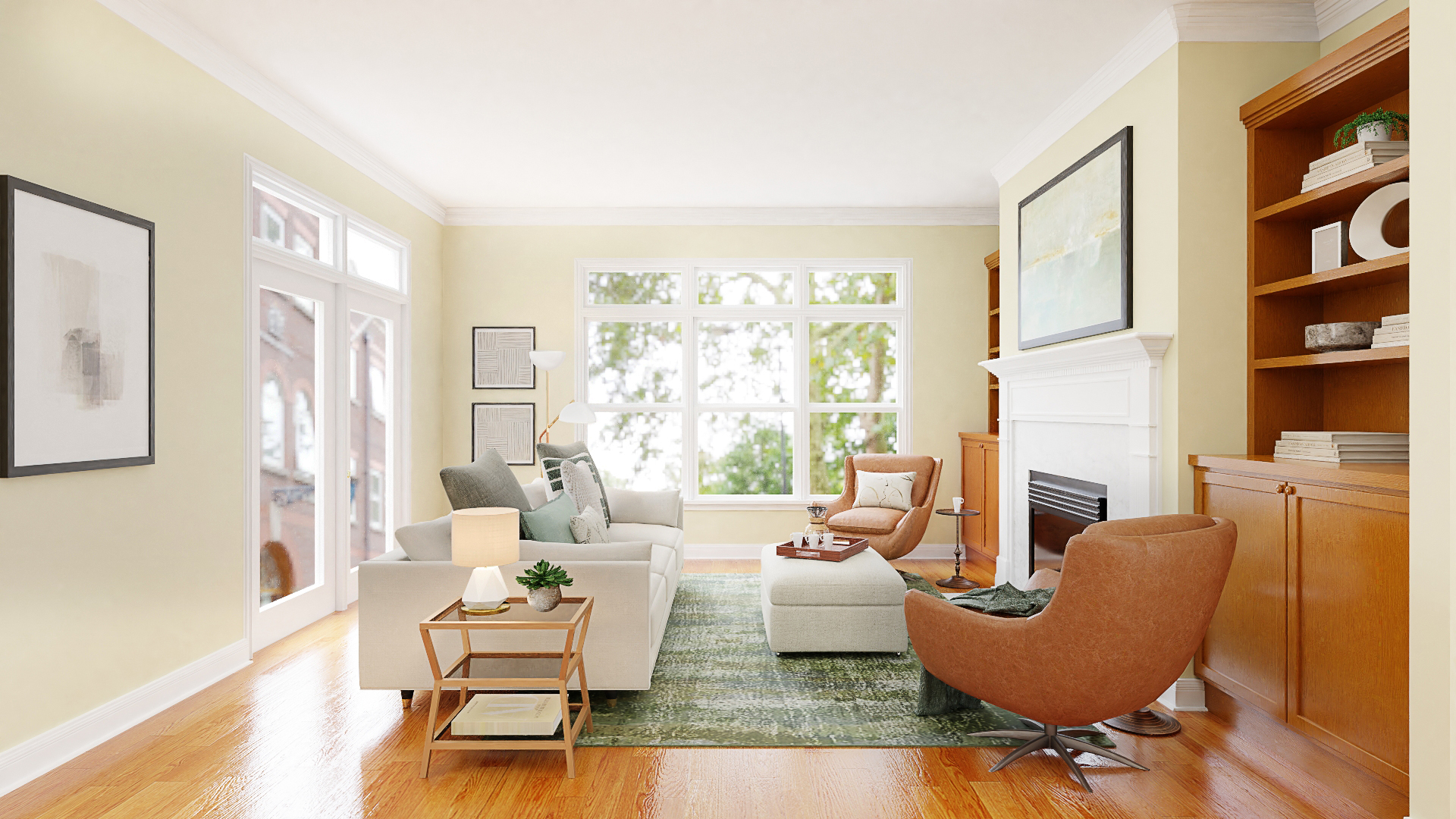 Choosing a
colour
for your living room doesn't mean you have to stick to one shade. In fact, incorporating different
colours
can add depth and dimension to your space. You can achieve this by using a
colour
scheme that involves
complementary
colours
,
analogous
colours
, or
triadic
colours
. These
colour
combinations can create a
harmonious
and
balanced
look, making your living room more visually appealing.
Choosing a
colour
for your living room doesn't mean you have to stick to one shade. In fact, incorporating different
colours
can add depth and dimension to your space. You can achieve this by using a
colour
scheme that involves
complementary
colours
,
analogous
colours
, or
triadic
colours
. These
colour
combinations can create a
harmonious
and
balanced
look, making your living room more visually appealing.
Using Colour to Highlight Features
/169789002-58a723d63df78c345b930ec6.jpg) Another way to incorporate
colour
into your living room is by using it to highlight architectural features or focal points in the room. For example, painting an accent wall in a
bold
and
vibrant
colour
can draw attention to a fireplace or a beautiful piece of artwork. You can also use
colour
to create a sense of
balance
and
harmony
by incorporating it in decorative items such as throw pillows, rugs, and curtains.
In conclusion, when it comes to choosing
colour
for your living room, it's essential to consider the atmosphere you want to create, the psychology behind
colour
choices, and how to use
colour
to enhance the overall design of your space. With these tips in mind, you can create a
warm
and
inviting
living room that reflects your personal style and makes a lasting impression on your guests.
Another way to incorporate
colour
into your living room is by using it to highlight architectural features or focal points in the room. For example, painting an accent wall in a
bold
and
vibrant
colour
can draw attention to a fireplace or a beautiful piece of artwork. You can also use
colour
to create a sense of
balance
and
harmony
by incorporating it in decorative items such as throw pillows, rugs, and curtains.
In conclusion, when it comes to choosing
colour
for your living room, it's essential to consider the atmosphere you want to create, the psychology behind
colour
choices, and how to use
colour
to enhance the overall design of your space. With these tips in mind, you can create a
warm
and
inviting
living room that reflects your personal style and makes a lasting impression on your guests.











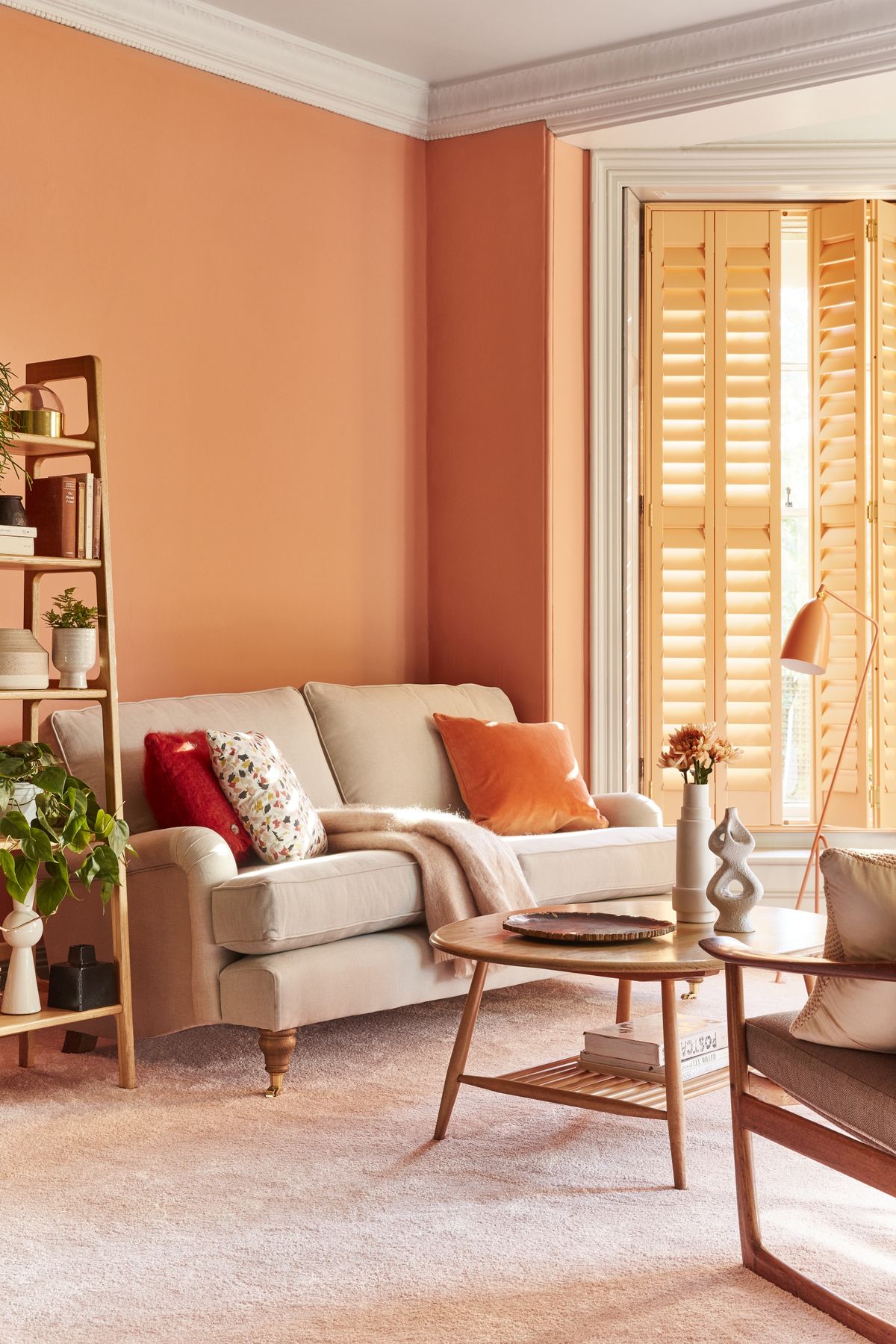
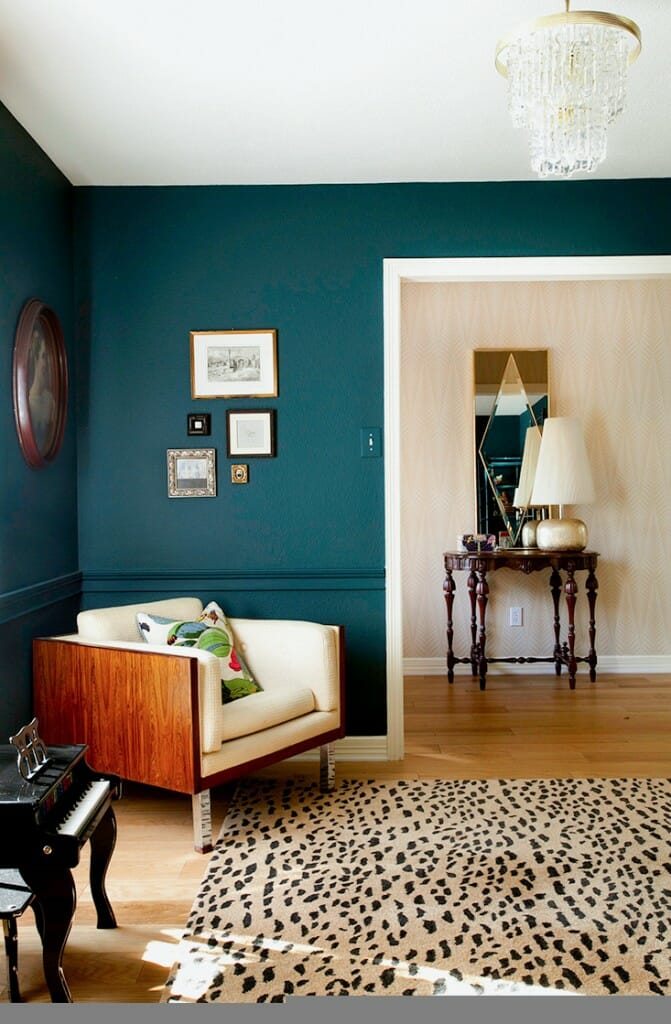
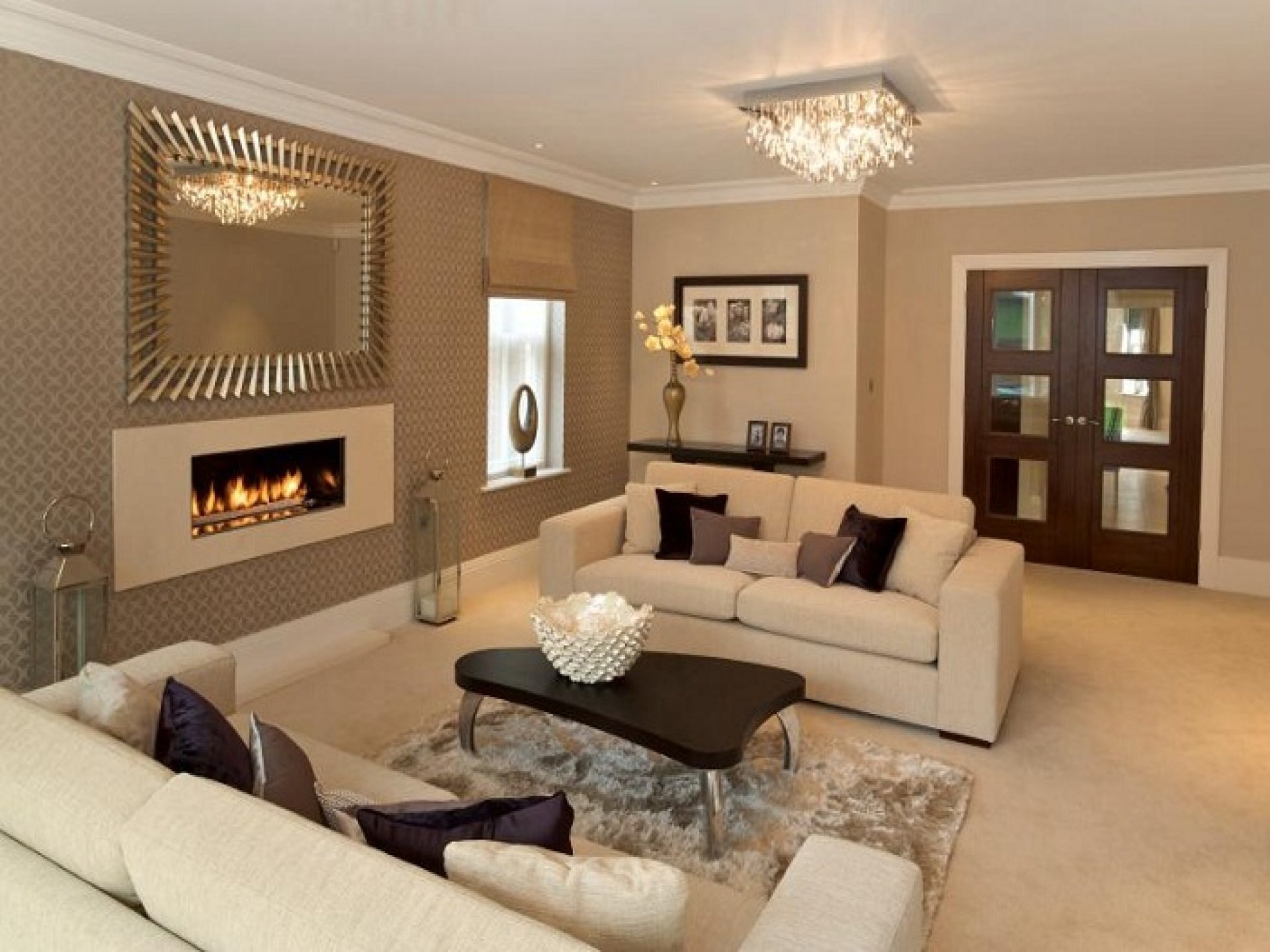


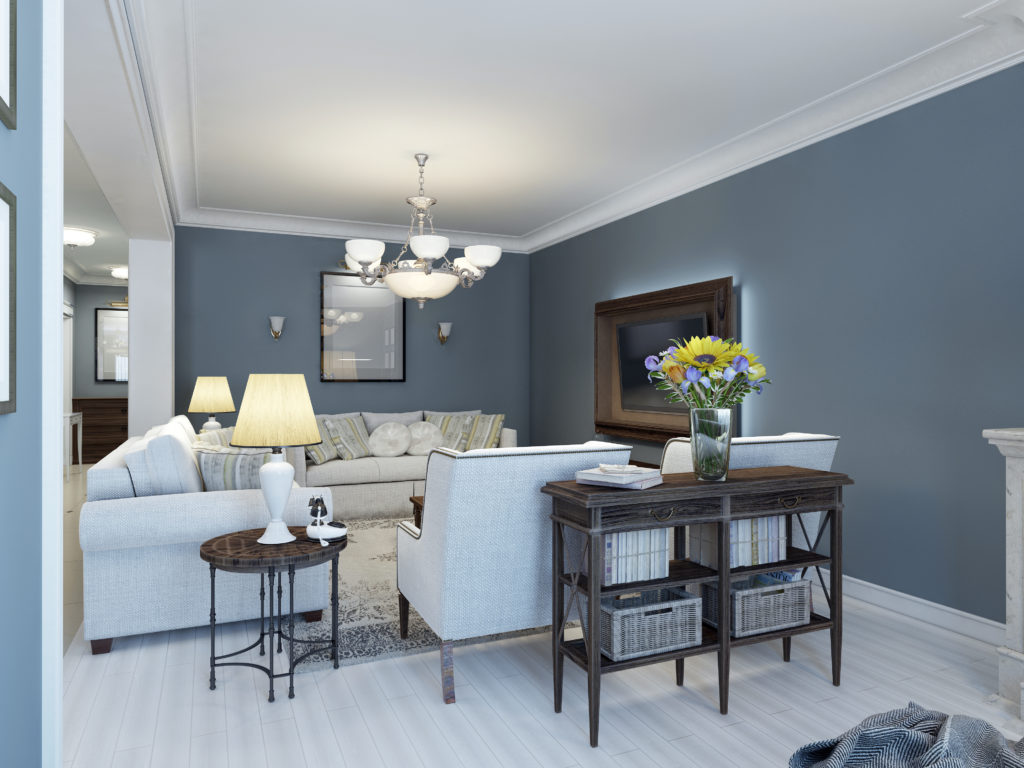

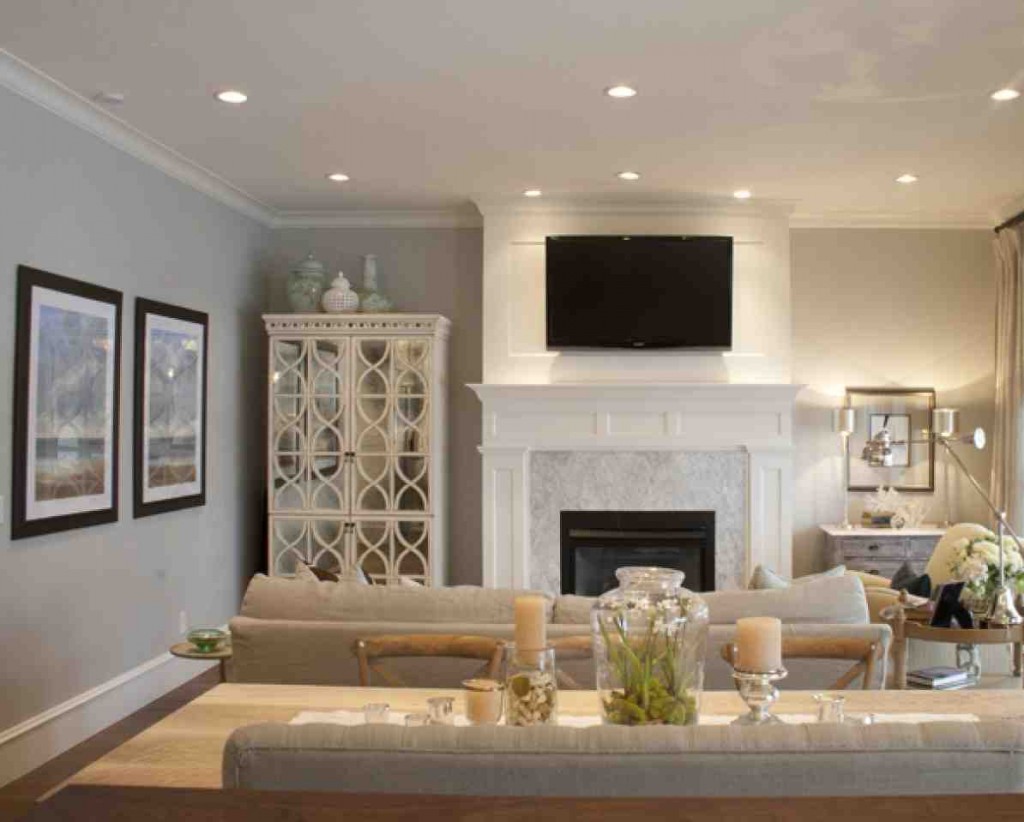
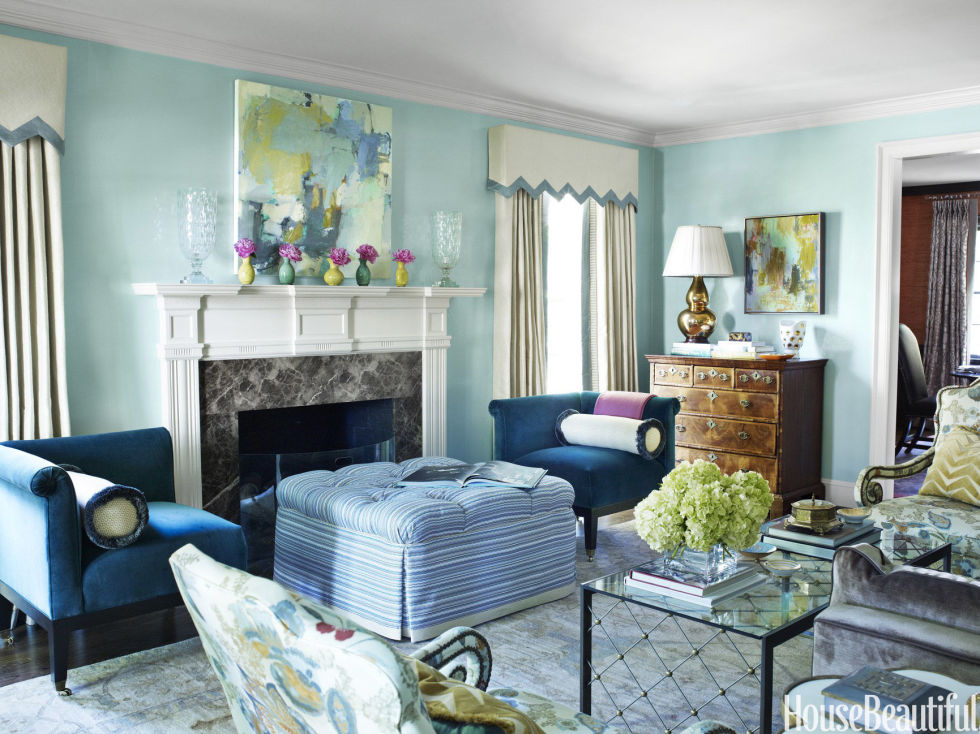


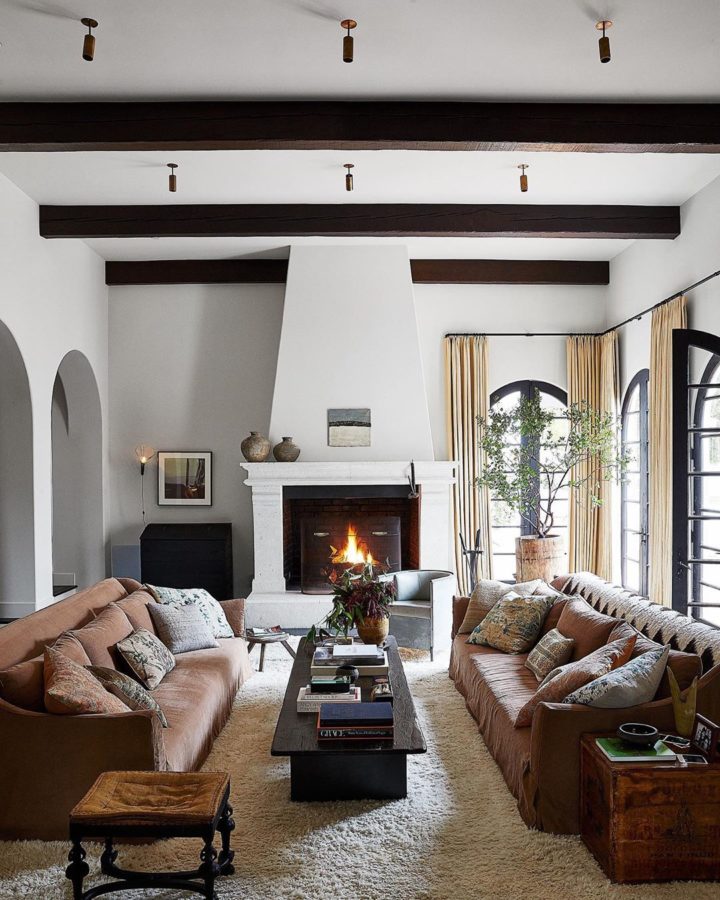
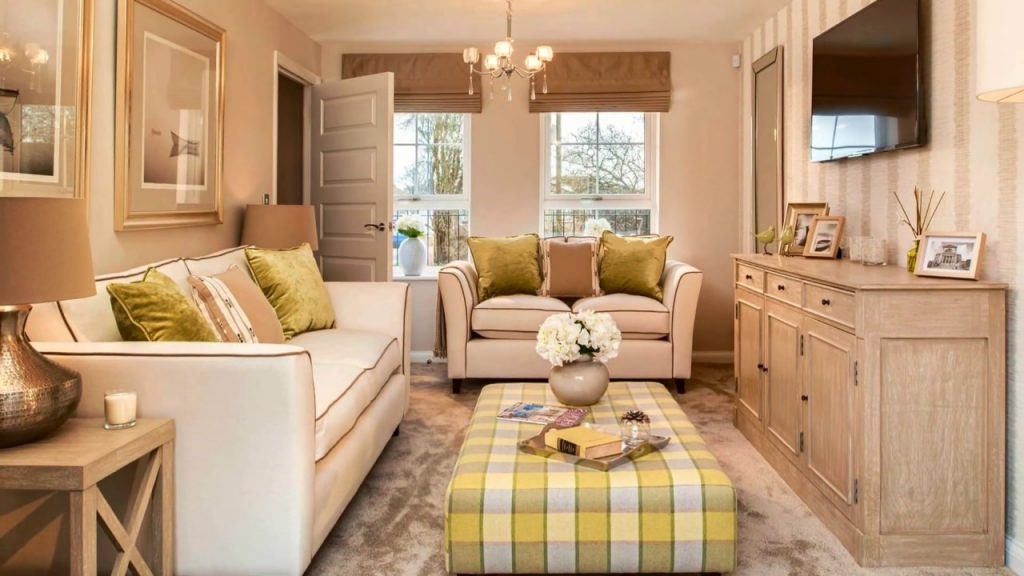











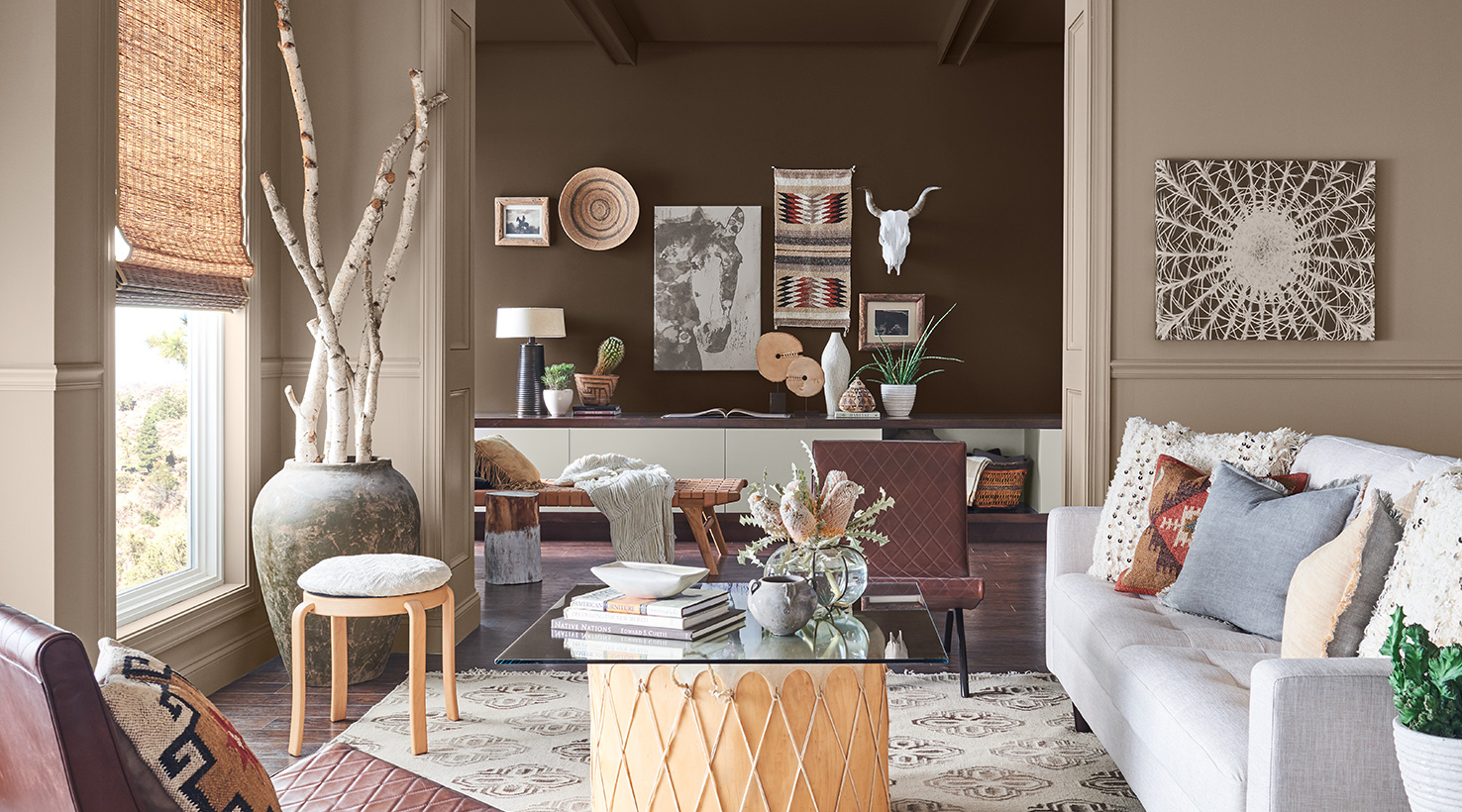






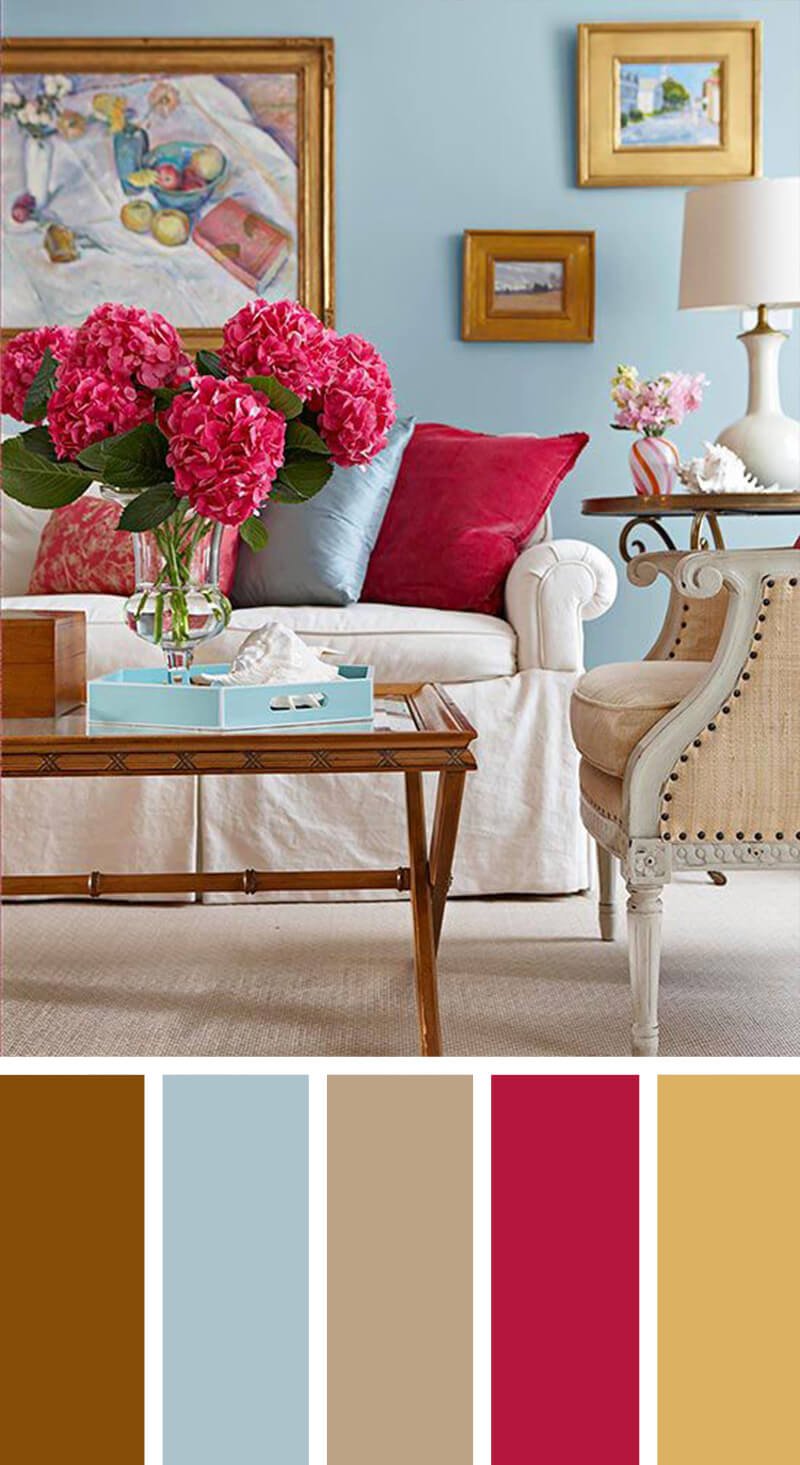

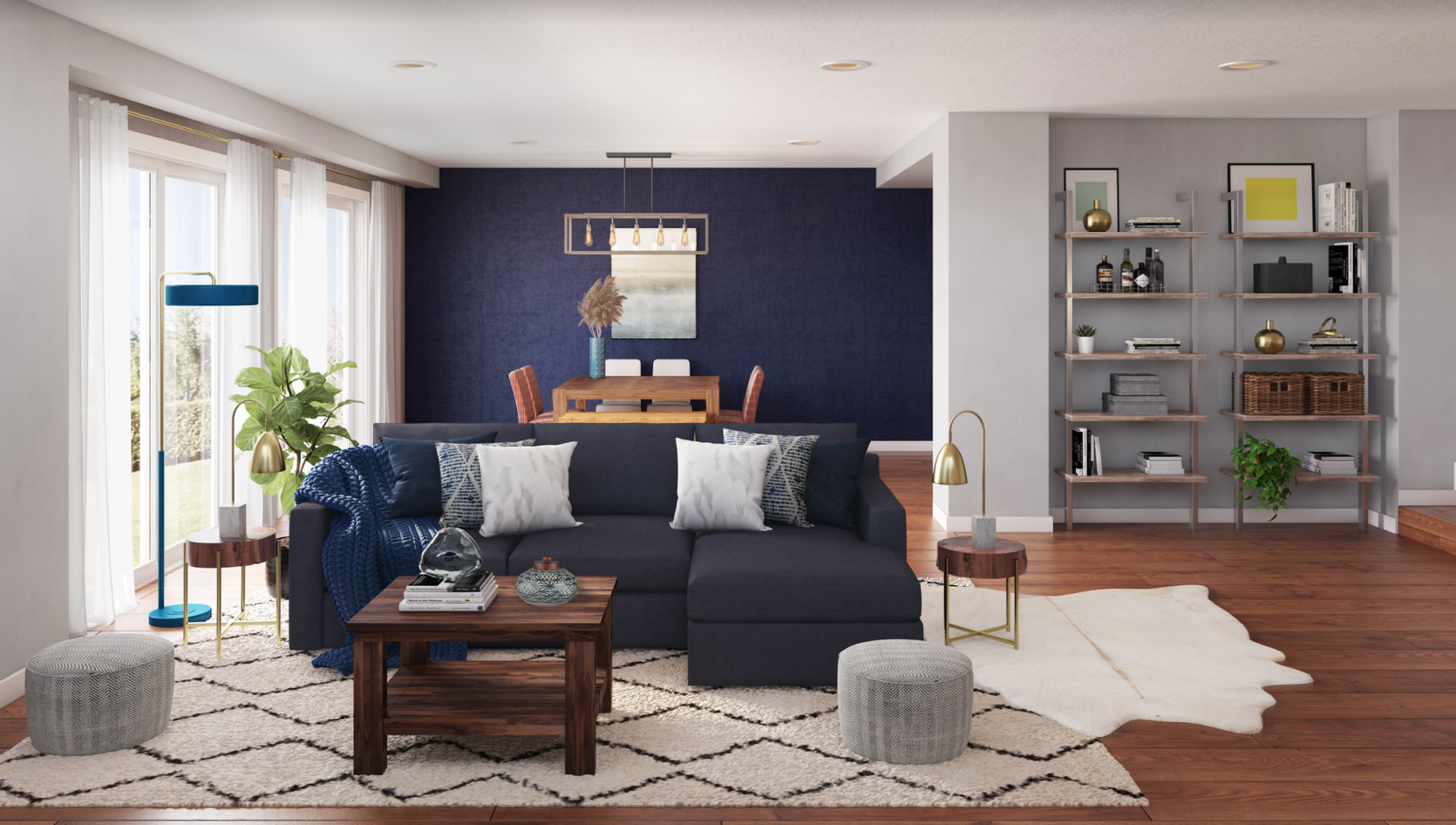


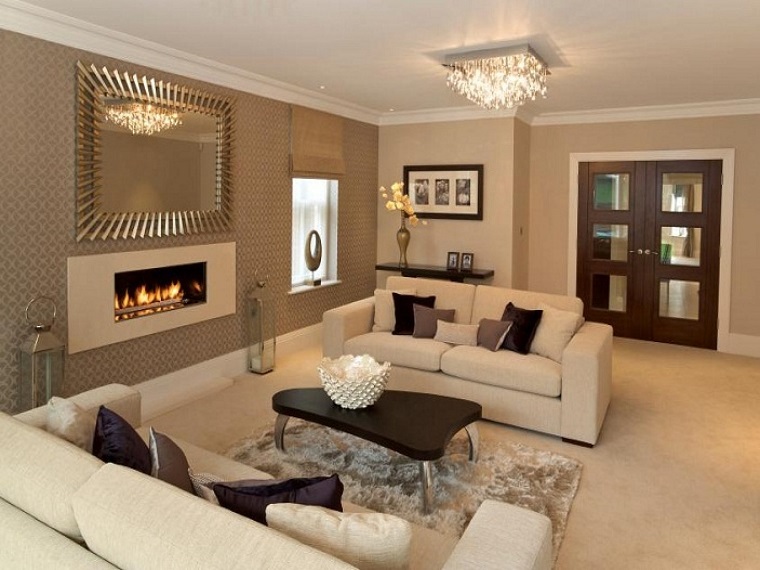


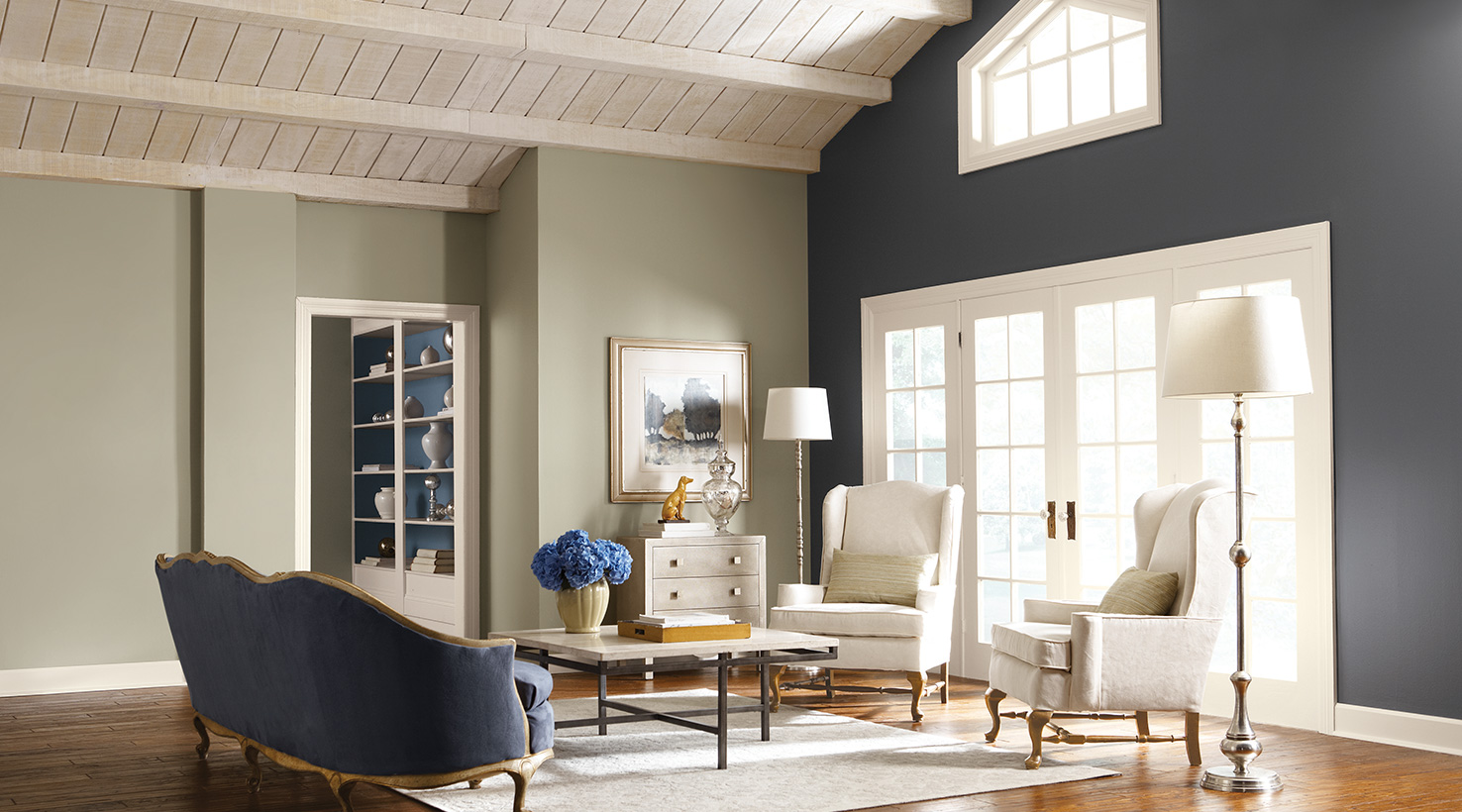
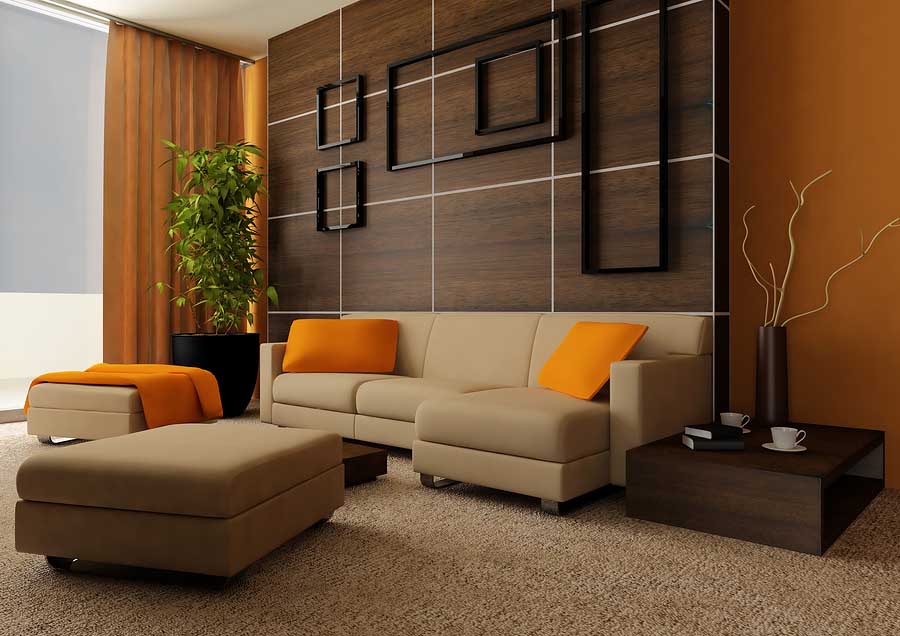



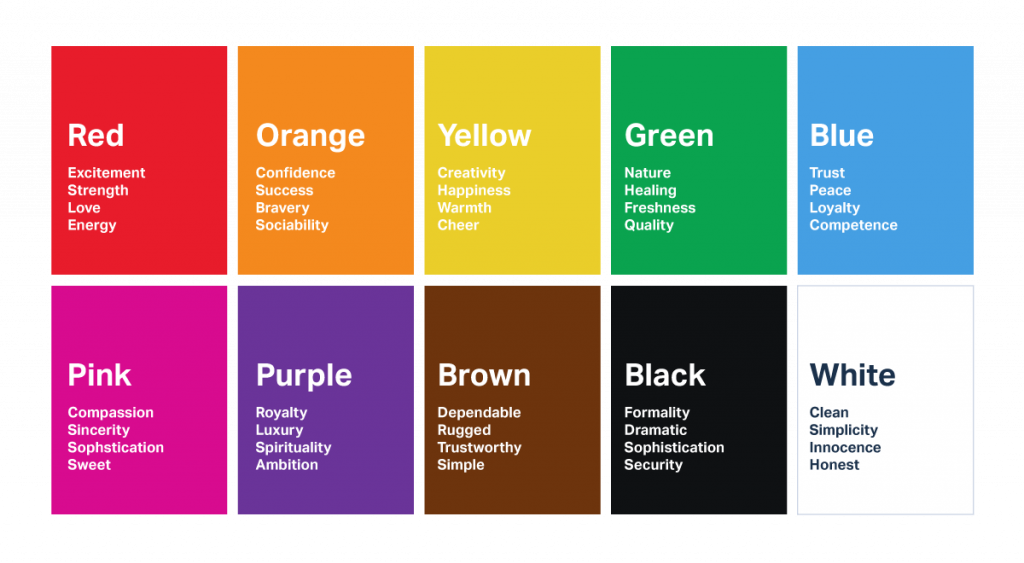

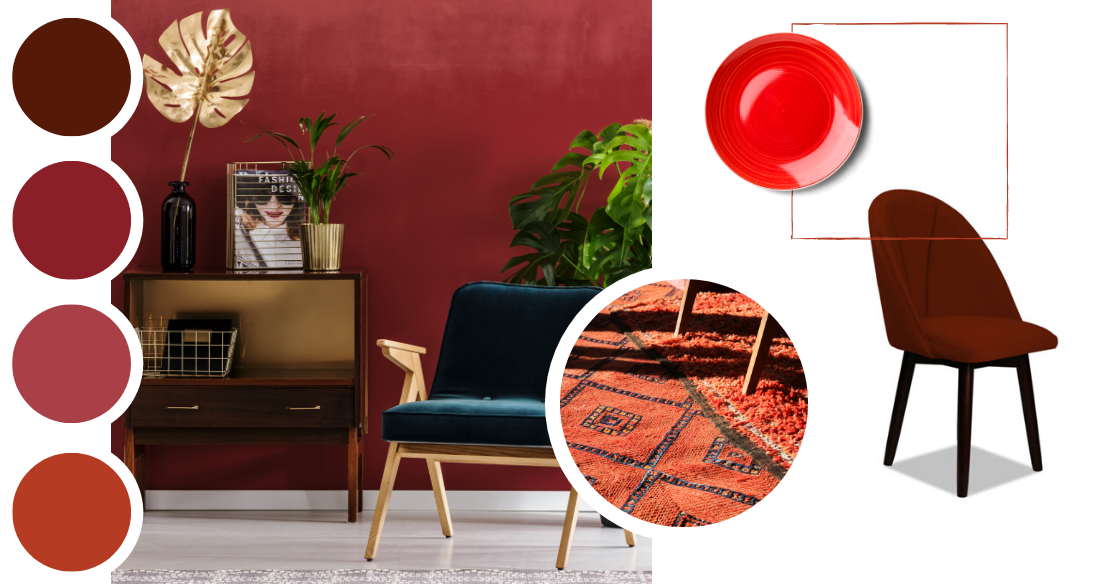
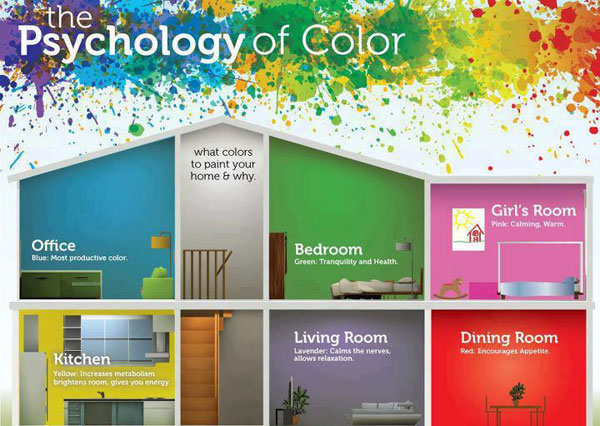

/2795824-color-psychology-5b0478de04d1cf003aac1625.png)

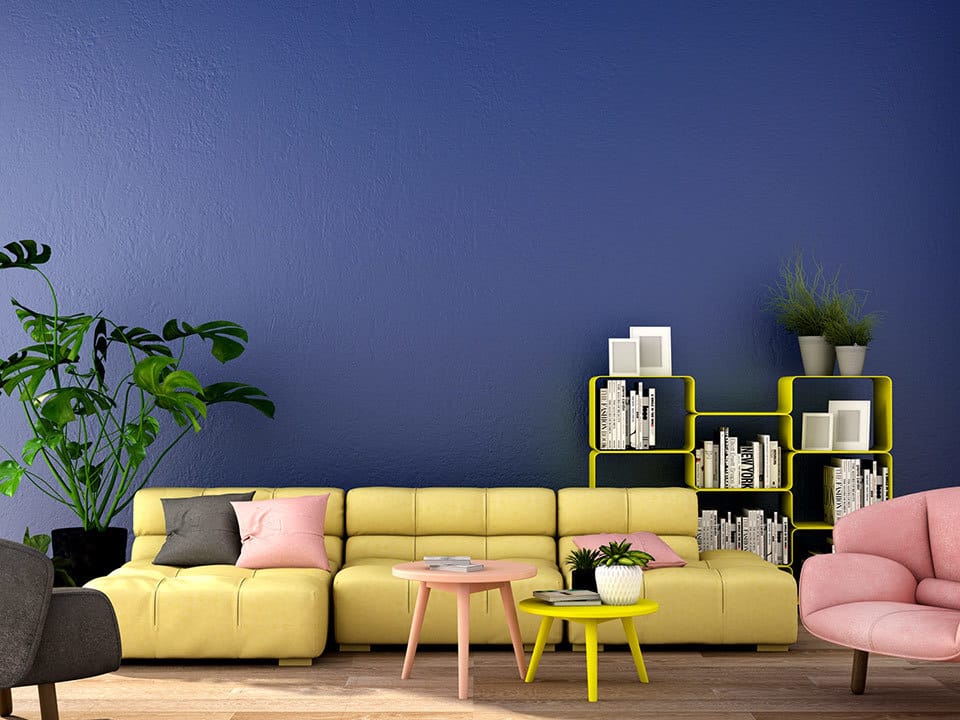




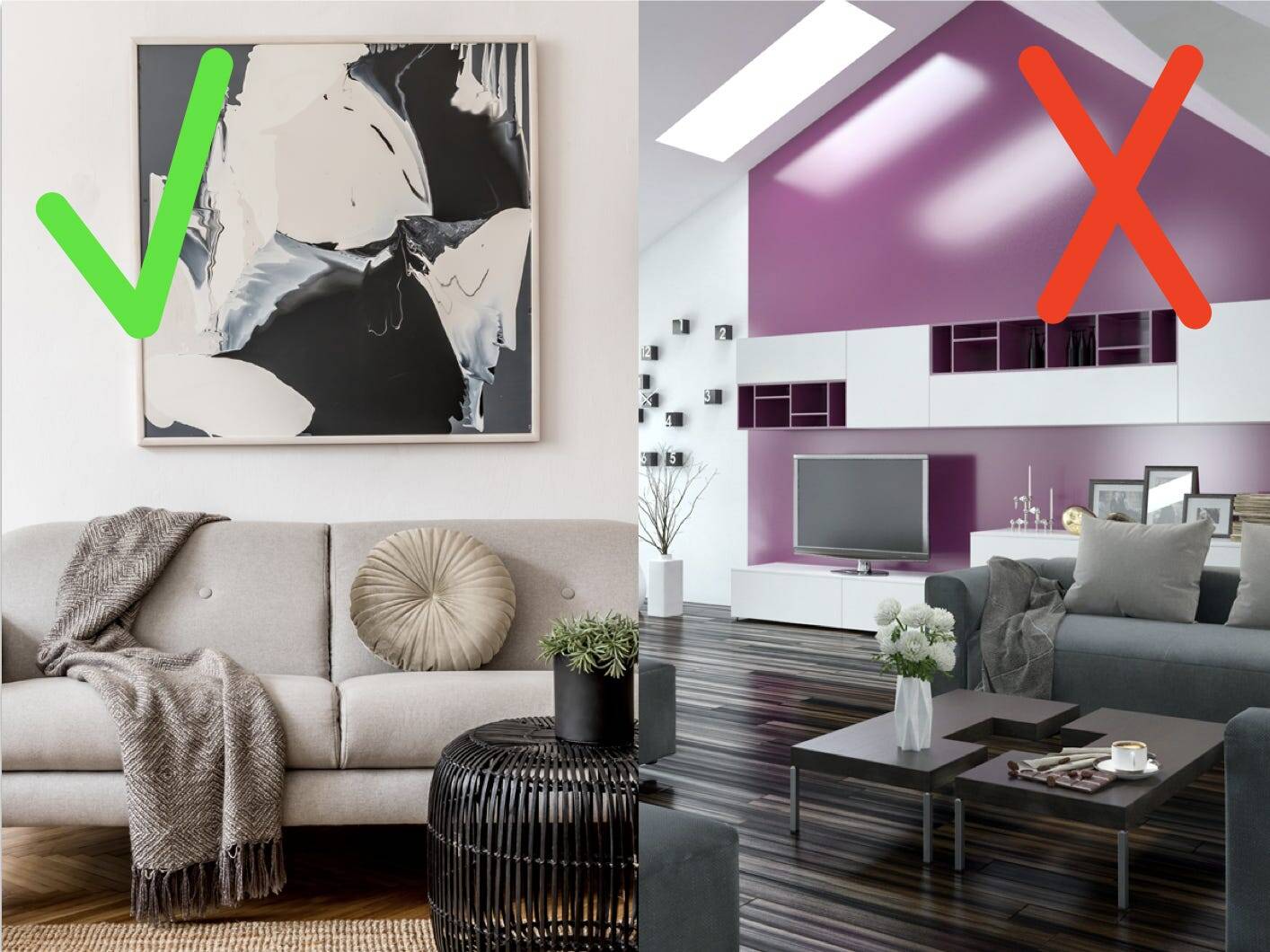


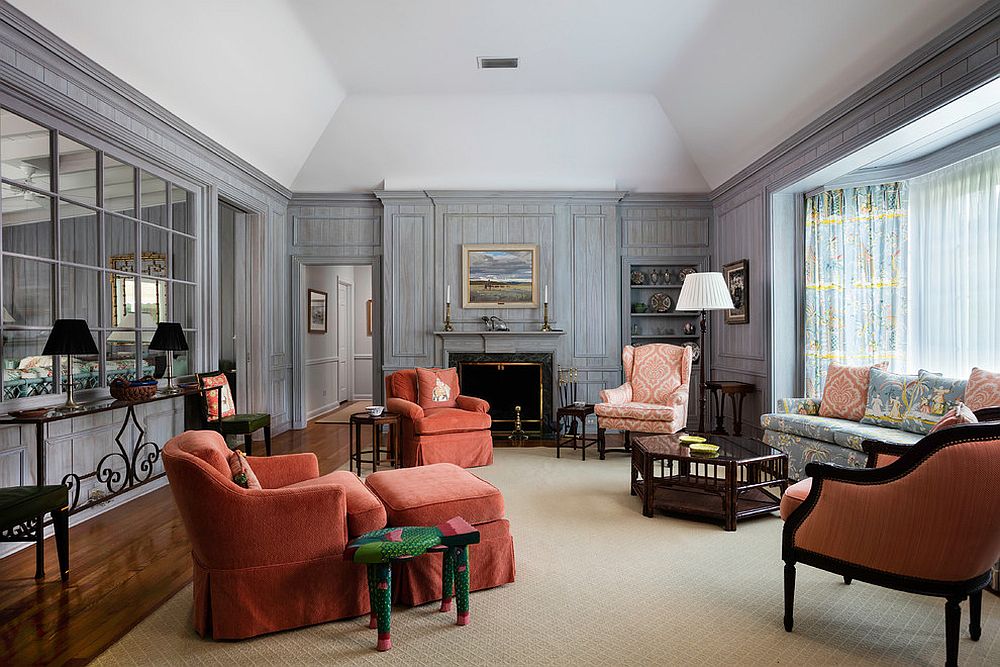
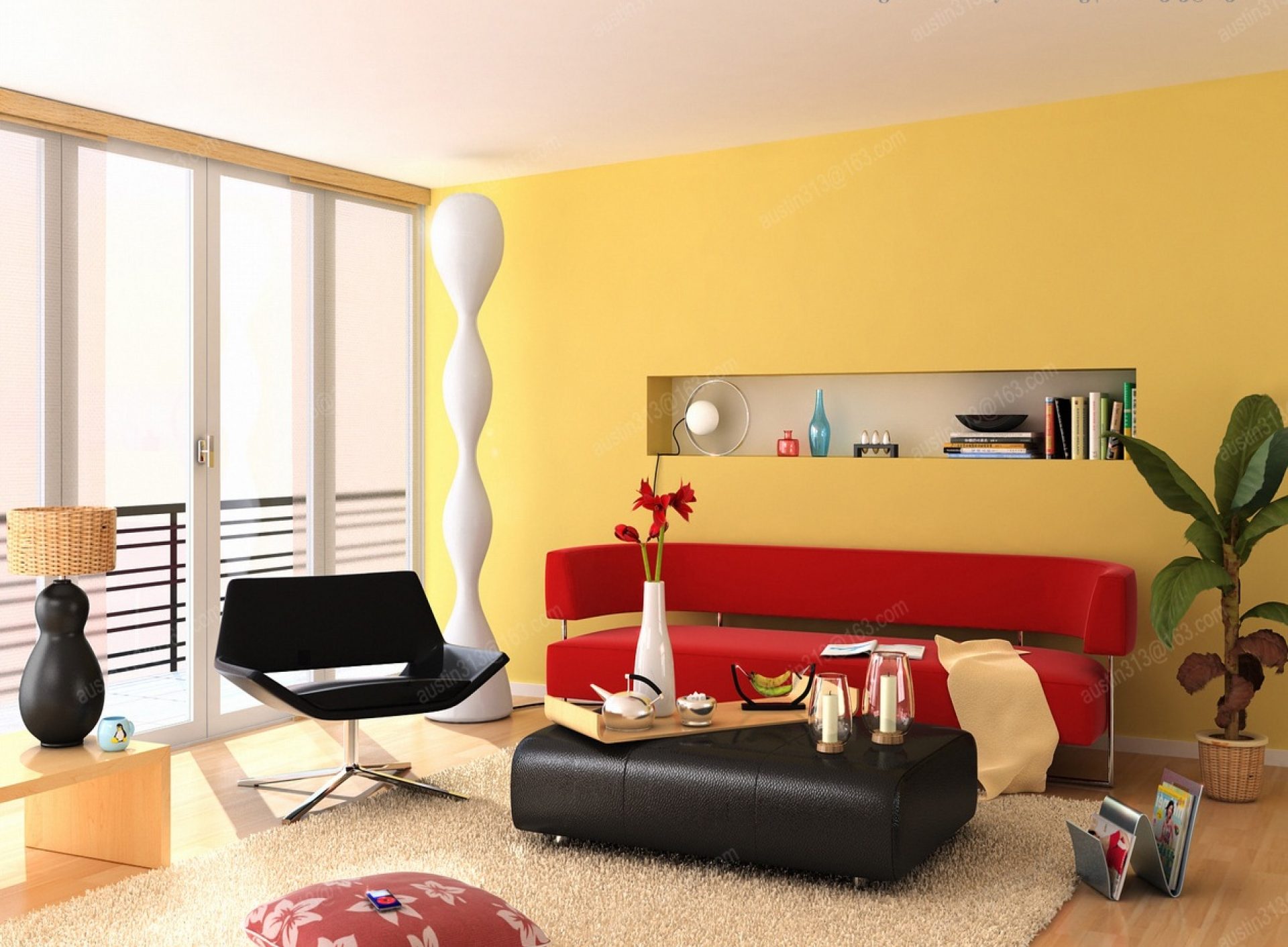


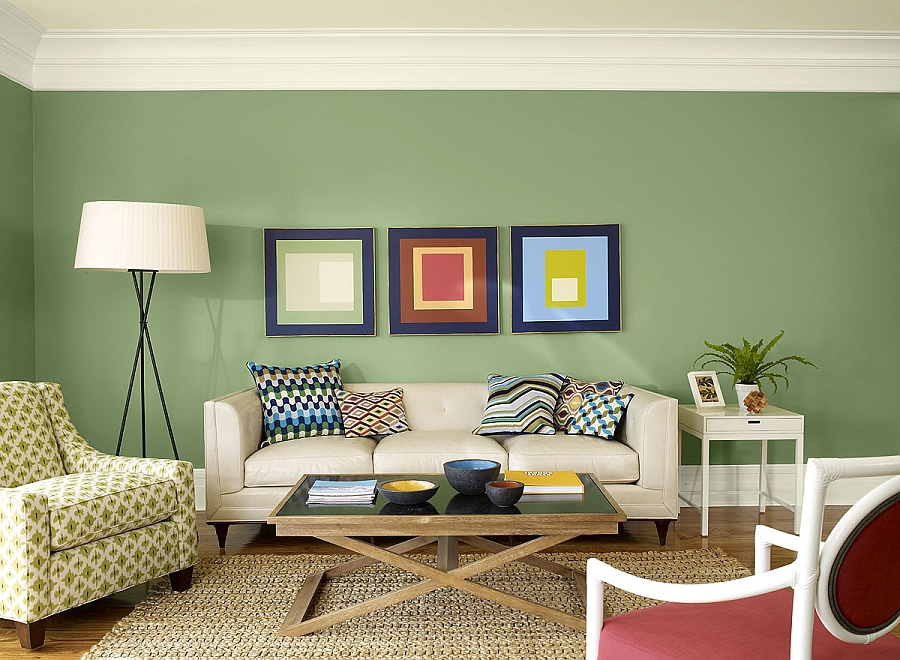









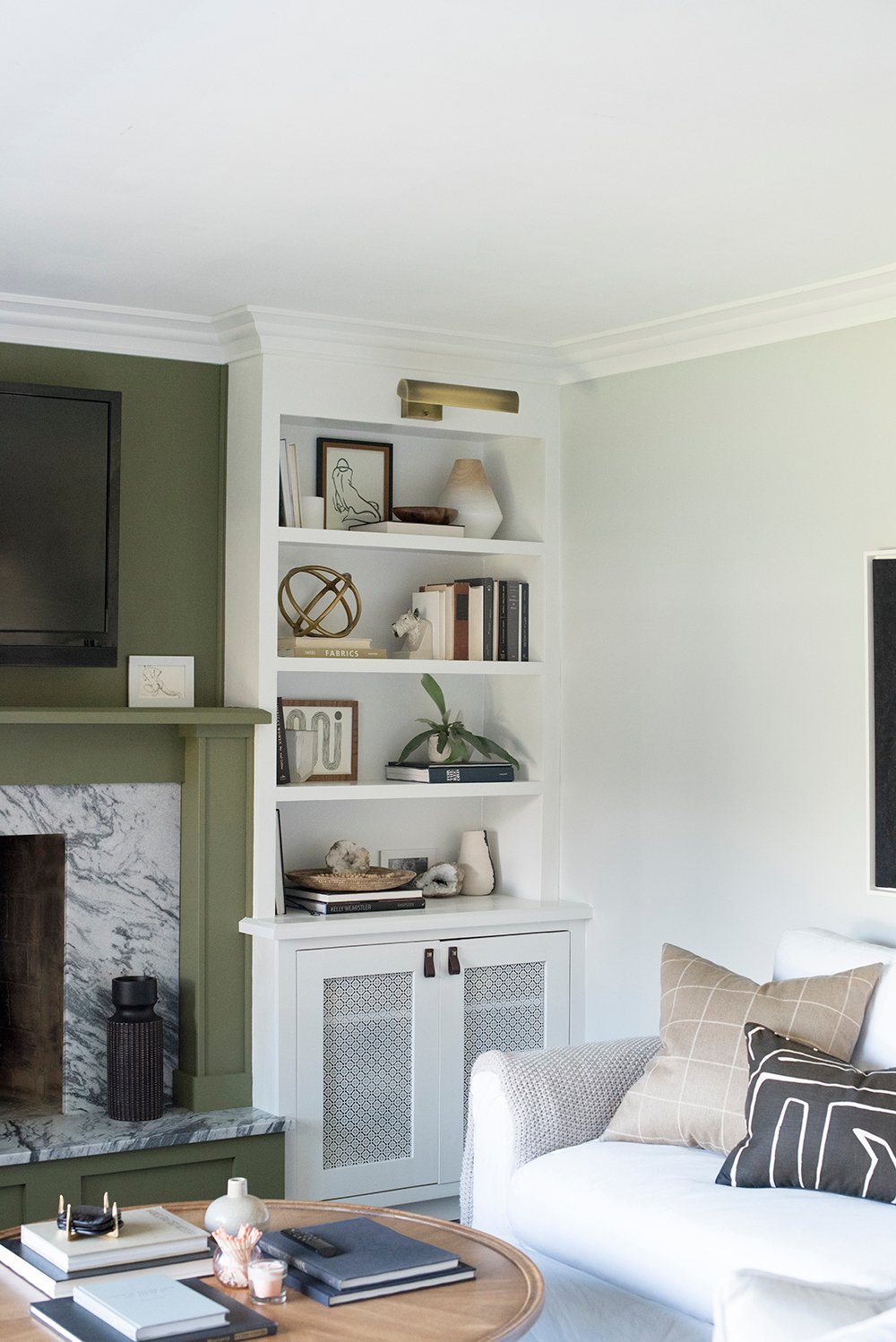

:max_bytes(150000):strip_icc()/MyDomaine_ColorPalette_LivingRoom_4-6bb6e9e9107747f1b12c1d85d72bdeff.jpg)



